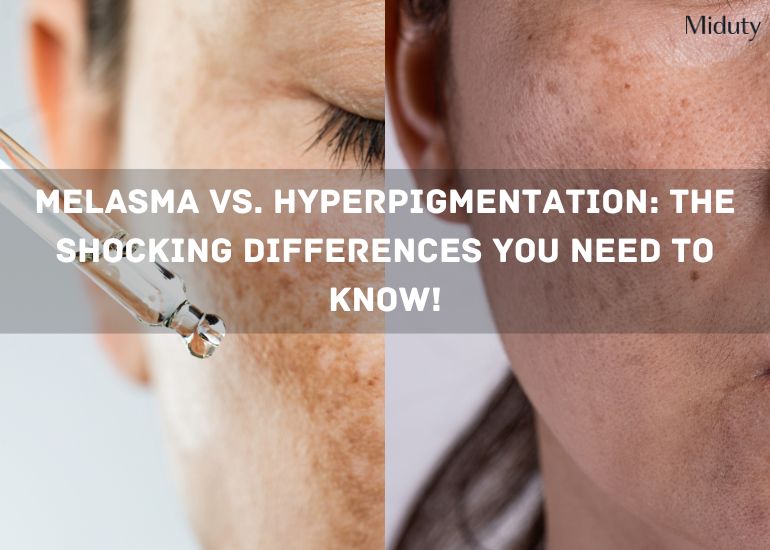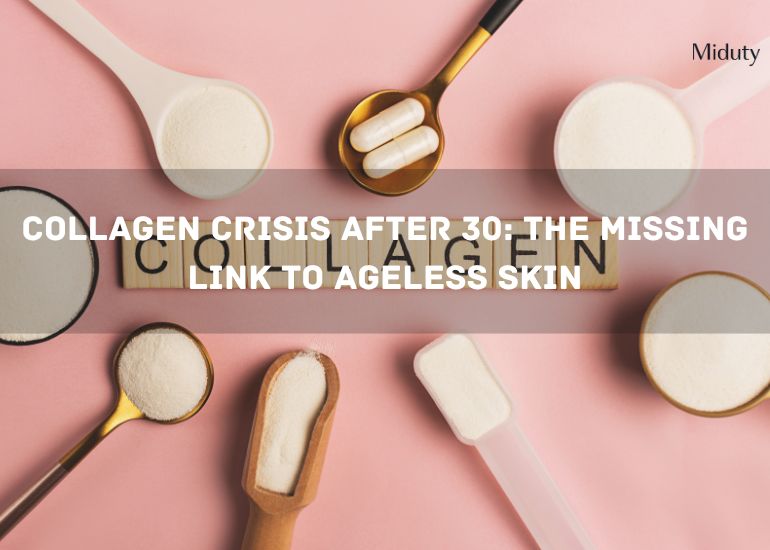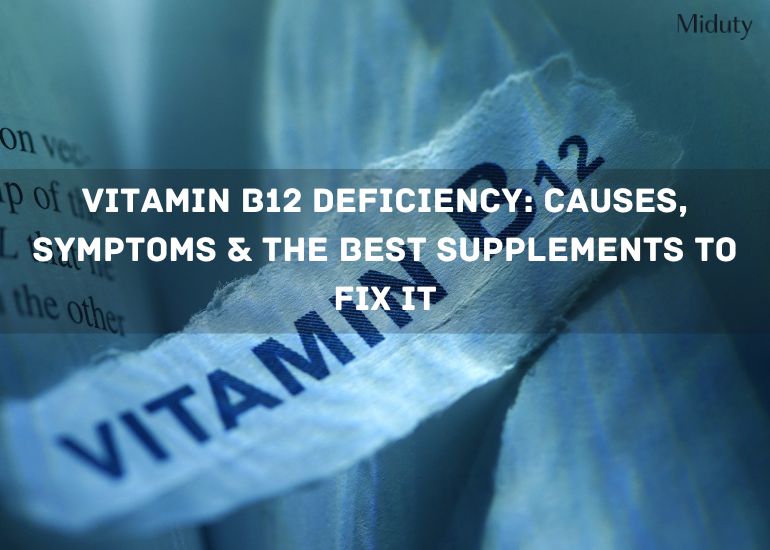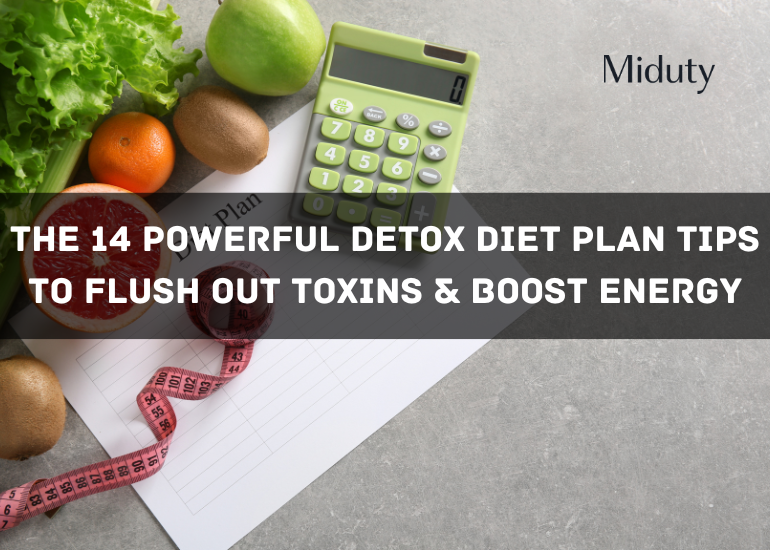
Melasma vs. Hyperpigmentation: The Shocking Differences You Need To Know!
Key Insights
1. Hyperpigmentation involves random dark patches caused by excess melanin, while melasma forms symmetrical patches, often triggered by hormones or sun exposure.
2. UV rays, acne, hormonal changes, and certain medications are leading causes, requiring targeted prevention like sunscreen and topical treatments.
3.Known as the "mask of pregnancy," melasma is often tied to hormonal fluctuations, affecting women more than men and necessitating long-term management.
4. Effective treatments include topical agents (vitamin C, hydroquinone), chemical peels, laser therapies, and strict sun protection.
5. Daily use of broad-spectrum sunscreen (SPF 30+), reapplying every 2-3 hours, is critical in managing both conditions and preventing new spots.

Ever looked in the mirror and noticed uneven dark patches or spots on your skin, and wondered, "What is this? Is it hyperpigmentation or melasma?" You're not alone. For women, especially, these skin changes can feel frustrating—whether it's the aftermath of pregnancy, hormonal fluctuations, or years of sun exposure. Many women notice these changes creeping in during their 30s and 40s, often as a result of a combination of factors like stress, lifestyle, and environmental damage.
If you've ever felt overwhelmed trying to figure out what's causing those dark patches or how to deal with them, you're in good company. Hyperpigmentation and melasma are two of the most common skin concerns that affect women worldwide, and while they may appear similar, they have very different causes and treatment approaches. Understanding the difference between melasma and pigmentation is key to finding the right solutions for your skin.
In this blog, we'll break down hyperpigmentation vs. melasma, explore their root causes, and share practical, science-backed tips to help you manage these stubborn skin concerns effectively.
Table of Contents
5. Difference between Hyperpigmentation and Melasma
6. Treating Hyperpigmentation and Melasma
8. Conclusion
9. FAQs on Hyperpigmentation & Melasma
10. References
What Is Hyperpigmentation?

Hyperpigmentation is a common skin condition where certain areas of your skin appear darker than the rest of your natural complexion. The term "hyper" means more, and "pigment" refers to color, so it means more color in specific spots. This happens when an excess amount of melanin, the pigment responsible for your skin's color, is produced in those areas, causing uneven skin tone. [1]
Several factors can trigger hyperpigmentation, including sun exposure, inflammation from acne or injury, hormonal changes (like during pregnancy or from birth control), and even certain medications. You might notice dark spots after spending too much time in the sun without protection, or you may develop patches of skin that seem to stay darker after a breakout heals.
This can happen for various reasons, such as: [2]
- Sun exposure: UV rays stimulate melanin production.
- Post-inflammatory hyperpigmentation (PIH): Dark spots left behind after acne, cuts, or burns heal.
- Hormonal imbalances: Some women experience pigmentation changes due to fluctuations in hormones.
Also Read: Skin Pigmentation: Causes, Types, Treatments & Supplements
Common Types of Hyperpigmentation
1. Post-inflammatory hyperpigmentation (PIH)
Post-inflammatory hyperpigmentation (PIH) occurs when the skin produces excess melanin in response to trauma or inflammation. It's the body's way of protecting itself, but unfortunately, it leaves behind stubborn dark spots. These spots are common after certain skin conditions or injuries, such as acne, eczema, psoriasis, burns, or even cuts. PIH can affect anyone, but it's more prevalent in people with darker skin tones, as their skin tends to produce more melanin.
For example, if you've ever had a bad breakout, you might notice dark spots left behind long after the pimples have healed. These marks can take months to fade, depending on their severity. The same goes for conditions like eczema—once the inflammation subsides, the affected area might darken, leaving behind noticeable patches. [3]
Treatment: It typically involves topical creams with ingredients like retinoids, vitamin C, and hydroquinone, which help to fade the dark spots over time. Gentle chemical peels or laser treatments can also be effective, but it's important to avoid irritation that can worsen pigmentation. Regular use of sunscreen is crucial to prevent PIH from darkening further.
2. Melasma
Melasma is a type of hormonal hyperpigmentation, often triggered by hormonal changes such as pregnancy, birth control pills, or hormone replacement therapy. Melasma is sometimes called the "mask of pregnancy" because it frequently affects pregnant women. Unlike PIH, melasma usually presents large, symmetrical patches on the face, especially on the cheeks, forehead, and upper lip.
Melasma can be particularly frustrating because it's often chronic and resistant to treatment. It's more common in women and people with darker skin tones, and it can be worsened by sun exposure. This makes daily sunscreen a critical part of melasma management.
Treatment: Melasma treatment requires a multifaceted approach. Topical treatments like hydroquinone, azelaic acid, and tretinoin are often prescribed to lighten the patches. However, melasma often requires long-term management, and it's essential to consistently protect the skin from UV rays to prevent it from worsening.
3. Age Spots (Solar Lentigines)
Age spots, also known as solar lentigines or liver spots, are small, flat, darkened areas that typically appear on the skin in areas that have had years of sun exposure, such as the face, hands, shoulders, and arms. These spots are a natural part of the aging process, which is why they're more common in older adults, particularly those who have spent a lot of time in the sun without proper protection.
Unlike other forms of hyperpigmentation, age spots are directly linked to UV damage, meaning that consistent sun protection throughout life is key to preventing them. Age spots tend to be larger and more permanent compared to other types of hyperpigmentation like PIH, though they can still be treated and fade over time. [4]
Treatment:Laser therapy, cryotherapy, and chemical peels are common methods for reducing age spots. Additionally, over-the-counter products containing retinoids, or hydroquinone can help lighten them over time. As always, daily sunscreen is necessary to prevent further damage and new spots from forming. Make sure you use AHAs and retinoids responsibly after consulting a dermatologist.
4. Drug-Induced Hyperpigmentation
Some medications can cause the skin to develop dark patches as a side effect. This type of drug-induced hyperpigmentation can occur with antibiotics, chemotherapy drugs, antimalarial medications, or even antipsychotic drugs. The pigmentation changes usually manifest as diffuse, gray, or brown patches that can appear on the face, gums, nails, or any part of the body.
This form of hyperpigmentation happens when certain drugs stimulate the overproduction of melanin or deposit pigments directly into the skin. Unlike other types of hyperpigmentation, drug-induced pigmentation can sometimes be permanent, even if the medication is discontinued.
Treatment: It includes discontinuing the medication (if possible) or switching to an alternative under medical supervision. Topical treatments, such as those used for PIH, can sometimes help fade the discoloration, though the results vary depending on the severity of the pigmentation.
5. Acanthosis Nigricans
Acanthosis nigricans is a skin condition that causes darkened, thickened, velvety patches of skin, usually in areas where there are skin folds. Common areas include the underarms, nape of the neck, groin, and under the breasts. While acanthosis nigricans is often associated with insulin resistance, obesity, or diabetes, it can also be linked to certain medications, hormonal disorders, or even cancer in rare cases. [5]
This form of hyperpigmentation isn't caused by excess melanin but rather by the thickening of the skin and the buildup of skin cells. The condition is often an indicator of underlying health issues, particularly those related to blood sugar and insulin.
Treatment: Treating the underlying cause, such as improving insulin sensitivity or managing obesity, can help reduce the appearance of these patches. You can take the help of supplements like Berberine and Protein Powder to manage these conditions. Topical treatments like retinoids, or procedures like laser therapy, may also help to smooth and lighten the affected areas. However, addressing the root cause—whether it's a health condition or medication—is the most effective way to manage acanthosis nigricans.
What Is Melasma?

Melasma is a specific type of hyperpigmentation, but it has its personality, so to speak. Instead of the random dark spots you might expect with other forms of pigmentation, melasma typically shows up as symmetrical patches of darkened skin—almost like a perfectly matched set. These patches love to settle on your face, particularly the cheeks, forehead, nose, and upper lip. What makes melasma tricky is that it doesn't always play by the same rules as other skin issues. [6][7]
What are the Key Causes of Melasma?
1. Hormonal Change
One of the biggest triggers for melasma is hormonal fluctuations. That's why it's often associated with pregnancy and has earned the nickname "the mask of pregnancy." When your body experiences shifts in hormones—whether through pregnancy, birth control pills, or hormone replacement therapy—it can overstimulate the cells responsible for producing melanin, the pigment in your skin. This leads to the darkened patches characteristic of melasma.
Also Read: 5 Powerful Ways on How to Control Hormonal Imbalance
2. Sun Exposure
The sun is a well-known enemy of the skin, and for melasma sufferers, it's particularly problematic. UV light from the sun penetrates the skin, stimulating melanocytes (the cells that produce melanin) to create more pigment. For someone with melasma, this means the dark patches can deepen or become more noticeable after spending time outdoors, even with minimal sun exposure. That's why consistent use of sunscreen is crucial in managing the condition. Add sunscreen to your routine with an SPF of more than 30 with broad spectrum protection from UVA and UVB radiations. When outside, reapply your sunscreen every 2-3 hours.
3. Genetics
Unfortunately, melasma also has a genetic component. If you have family members who've experienced it, your chances of developing melasma are higher. Some people's skin is just more prone to producing excess melanin under certain conditions, so if your mom or grandmother had it, you might find yourself dealing with it as well.
Key Differences between Melasma and Hyperpigmentation
|
Feature |
Hyperpigmentation |
Melasma |
|
Definition |
A condition when there is an increase in melanin production, leading to darker skin areas. |
A specific type of hyperpigmentation with distinct triggers and patterns |
|
Appearance |
Random, uneven spots or patches on various body parts |
Symmetrical, butterfly-shaped patches, primarily on the face |
|
Location |
Can appear anywhere on the body |
Primarily affects the face (cheeks, forehead, upper lip) |
|
Causes |
Sun exposure, hormonal changes, medications, trauma |
Hormonal changes (pregnancy, birth control), sun exposure |
|
Commonality |
Can affect both men and women of all skin types |
More prevalent in women, especially during hormonal fluctuations |
|
Treatment Focus |
This may include topical treatments, lasers, or lifestyle changes |
Targeted treatments like topical agents, chemical peels, and strict sun protection |
|
Duration |
Can be temporary or chronic, depending on the triggers |
Often persistent and may require ongoing management |
Treating and Managing Hyperpigmentation and Melasma
While these conditions can be persistent, the good news is that there are several treatments available to help manage and reduce their appearance.
Solutions for Hyperpigmentation
1. Topical Treatments: Products containing ingredients like vitamin C, niacinamide, retinoids, and kojic acid are commonly recommended for reducing dark spots and improving skin tone.
2. Chemical Peels: Mild to medium-depth chemical peels can help exfoliate the top layer of skin, promoting cell turnover and fading dark spots.
3. Laser Treatments: Certain lasers target melanin and can effectively reduce hyperpigmentation, but they can also cause PIH if not done carefully. [8]
4. Supplements: For long-term results, you can consider ingredients like NAC and Resveratrol. NAC aids liver detoxification and Resveratrol as an antioxidant, reduces oxidative stress in the body. Thus, both of these ingredients can help promote even-toned skin from within.
Solutions for Melasma
1. Hormonal Balance: Since melasma is often triggered by hormonal changes, it's essential to address any underlying hormonal imbalances. Consult with a healthcare provider to adjust medications, such as birth control for PCOS/PCOD, that may be contributing to melasma. Instead of medications, one can also switch to PCOS-friendly supplements to have better results with fewer side effects. Even if it is due to pregnancy, consult your doctor to make necessary modifications to the medications.
2. Topical Hydroquinone: A prescription-strength skin lightener, hydroquinone is often considered the first-line treatment for melasma. However, it should only be used under a doctor's supervision due to potential side effects.
3. Sun Protection: Sunscreen is non-negotiable. Use a broad-spectrum sunscreen with an SPF of 30 or higher to prevent further darkening of the skin. Physical sunscreens with zinc oxide or titanium dioxide are often recommended as they are less likely to irritate sensitive skin.
4. Supplements: Supplements can help in reducing hyperpigmentation or melasma internally. Just that, consult a healthcare professional to discover the underlying cause. Then, fixing your hormones with a DIM supplement, cleansing your liver with N-acetylcysteine and Milk Thistle, and raising the antioxidant levels with Resveratrol and Glutathione can help reduce melasma conditions over time.
Also Read: Black Pigmentation on Face: Causes, Treatments & More
Things to Avoid
Managing these skin conditions isn't just about what you do—it's also about what you avoid. Here are a few habits and actions to steer clear of:
1. Skipping Sunscreen: This cannot be stressed enough. No treatment will work if you continue exposing your skin to UV rays without protection.
2. Using Harsh Scrubs or Peels: Exfoliation is good, but over-exfoliating can irritate the skin, making both melasma and hyperpigmentation worse.
3. Unregulated Hormone Therapy: If you're on birth control or hormone therapy and noticing worsening melasma, talk to your healthcare provider about alternative options.
4. DIY Remedies: Some natural remedies might worsen pigmentation. For example, lemon juice is often touted as a skin lightener but can irritate and darken melasma-prone skin when exposed to sunlight.
Conclusion
In summary, while hyperpigmentation and melasma may look similar, understanding the differences between them is crucial for effective management. Hyperpigmentation can result from various factors like acne, sun damage, and injury, while melasma is primarily triggered by hormonal changes.
Both conditions require dedicated sun protection and specialized treatments, but the key to success is a consistent and holistic approach. So, whether you're battling dark spots from acne or dealing with pregnancy-related melasma, know that relief is possible with the right tools and mindset.
Dealing with melasma or hyperpigmentation can take a toll on your confidence. It's easy to feel frustrated when you don't see results immediately, but remember that consistency is key, and patience pays off. Whether you're managing melasma or general pigmentation, take it one step at a time, and don't hesitate to consult a dermatologist for the best approach tailored to your skin type.

Frequently Asked Questions on Hyperpigmentation & Melasma
Q1 - What's the difference between melasma and hyperpigmentation?
Melasma typically appears as large patches of discoloration, while sun spots and other types of hyperpigmentation generally manifest as small circles or concentrated dots. It's important to treat melasma and hyperpigmentation with care, especially on darker skin tones, as improper treatment can exacerbate pigmentation issues.
Q2 - How can I remove melasma from my face?
Hydrocortisone is a topical corticosteroid that helps reduce the discoloration caused by melasma. It can also decrease the risk of dermatitis caused by other agents.
Q3 - Which fruit is good for melasma?
Antioxidants are essential in your diet, including vitamins C, E, A, resveratrol, flavonoids, beta-carotene, lycopene, lutein, and selenium. Examples of foods rich in antioxidants are berries such as blueberries, cranberries, blackberries, raspberries, pomegranates, dragon fruit, and kiwi.
Q4 - What deficiency causes melasma?
Melasma typically develops after extended sun exposure or during pregnancy, largely due to fluctuating hormone levels. However, it can also indicate malnutrition or liver disease. Research has shown a connection between melasma and individuals with poor liver function, as well as those with vitamin B12 deficiency and iron deficiency, anemia.
Q5 - Is melasma permanent?
Melasma can sometimes resolve on its own, especially when triggered by factors such as pregnancy or certain medications. In these cases, melasma may fade after giving birth or discontinuing the medication. However, melasma can also persist for many years or even a lifetime.

References








